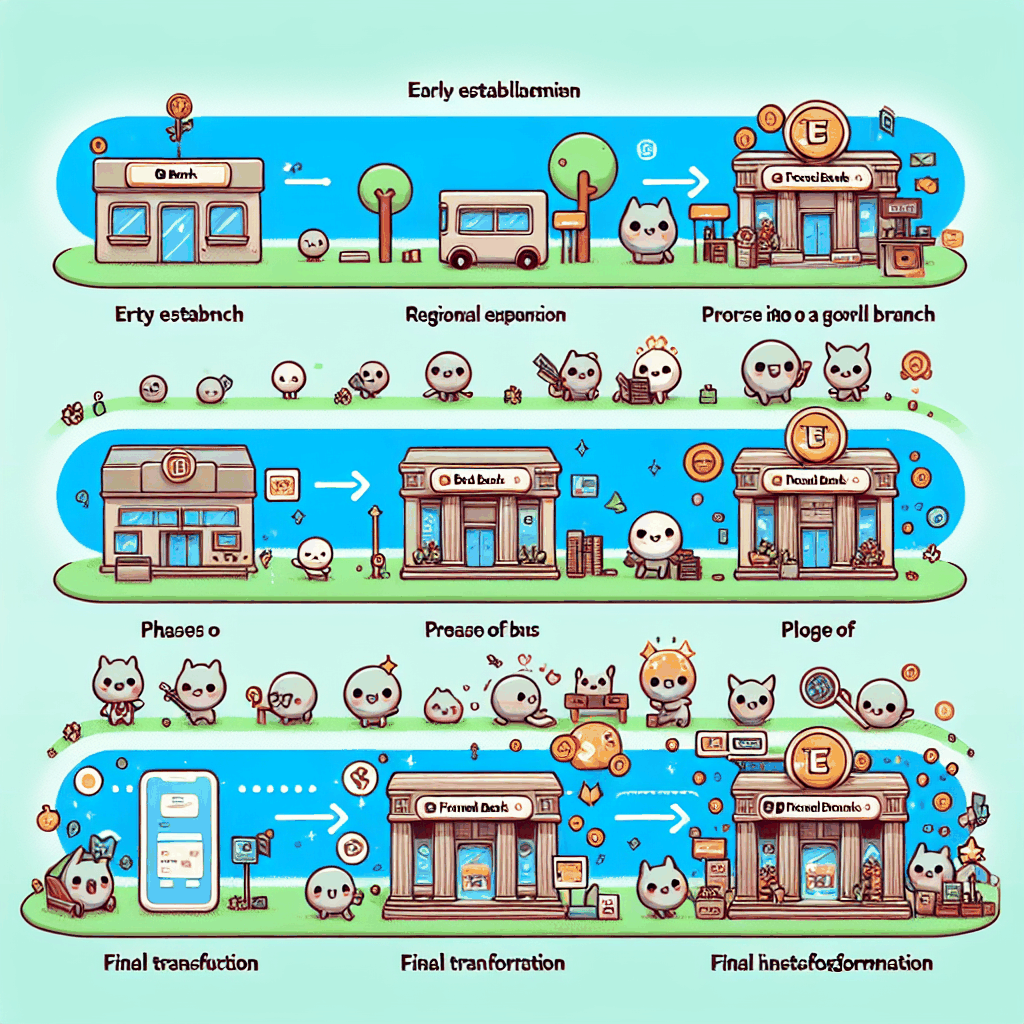Introduction to Chase Bank’s History
Chase Bank, originally known as The Manhattan Company, has a lengthy history that dates back to 1799. Aaron Burr, the founding father, started it with a vision to revolutionize the US banking industry. Chase’s development was marked by key moments of innovation and expansion, forging an indelible mark in the financial landscape. Its evolution involved several acquisitions, strategic partnerships and consistent growth that positioned it as a global leader in banking services. Today, Chase continues to be a vital symbol of resilience and progress in the financial world.
How The Chase Bank Was Founded
The Manhattan Company, today known as Chase Bank, was founded by Aaron Burr in 1799 with an initial capital of $2 million. Aaron Burr structured it as a water supply company due to the yellow fever epidemic in Manhattan at that time, with an underlying objective of operating as a bank. The bank got its license by deceptively including a clause in the charter allowing the surplus capital to be used for any ‘monied transactions’, thus beginning its operations as a financial institution.
Chase Bank’s Early Years
In its early years, the bank experienced robust growth from its use of surplus capital for banking operations. Innovative for its time, the Manhattan Company’s banking division quickly dominated the financial services sector in New York. The bank continually expanded its reach through a strong operational network and an extensive range of services which included current deposits, foreign exchange operations, and issuance of loans. In 1830, Chase bank also began issuing innovative services such as traveler’s cheques, becoming a pioneer in the banking industry. This period set the foundation for the modern, comprehensive financial services that Chase Bank offers today.
Chase Bank’s Involvement in Major Historical Events
Chase Bank has played a prominent role in a number of major historical events. During the Great Depression, it played a crucial part in bailing out a number of banks and businesses to prevent further economic catastrophe. Also, during World War II, it backed US government bonds thus aiding the war effort financially, cementing its place as a vital player in America’s financial history.
Expansion & Growth Throughout The Years
Reaching far beyond its initial New York presence, Chase bank embarked on a trajectory of unprecedented growth and expansion. It acquired several institutions throughout the years such as Mechanics and Metals National Bank in 1955, and Chase Manhattan in 1955 to expand its services and reach. The acquisition of J.P. Morgan & Co. in 2000 propelled Chase to international banking status, resulting in a global footprint in more than 60 countries. Each acquisition reinforced its strong position in an increasingly competitive industry, magnifying its potential for organic growth. With its up-to-date digital banking services and extensive clientele, Chase Bank stands at the top of the American banking industry and continues its legacy of dynamic growth and expansion.
Legacy and Impact to the Banking Industry
Chase Bank’s influence on the banking industry is far-reaching, from pioneering the issuance of traveler’s cheques to being instrumental during economic crises, the bank has constantly shown its commitment to innovation and resilience. The institution’s strategies in acquisitions and expansions have set a blueprint for other financial organizations seeking global growth. Today, its strides in digital banking, robust operational network, and comprehensive service range continue to shape the industry’s trends and norms, reinforcing Chase Bank’s persistent role in the reinvention of modern-day banking.
Chase Bank’s Contribution To Digital Banking
Chase Bank has been at the forefront of digital banking, revolutionizing the industry with technology-driven services. Its online banking platform, launched in the early 2000s, offered customers convenience and accessibility, enabling banking transactions anywhere, anytime. In 2017, it introduced mobile cheque deposits, showing continuous commitment to enhancing customer experiences. Leveraging cutting-edge technology, it launched Finn, a all mobile-based banking app designed specifically for millennials, underlining its continuous innovation. Through these contributions, Chase Bank continues to set the standard in the evolving digital banking landscape.
Conclusion: A Look Into The Future
Looking ahead, Chase Bank’s commitment to innovation, resilient growth strategies, and customer-centric services position it to continue leading the banking industry into the future. Given its storied past, we can expect Chase to remain at the cusp of banking technology developments, shaping financial services trends and continually setting new industry standards.
SEO Powered ByBreakout Content AI
